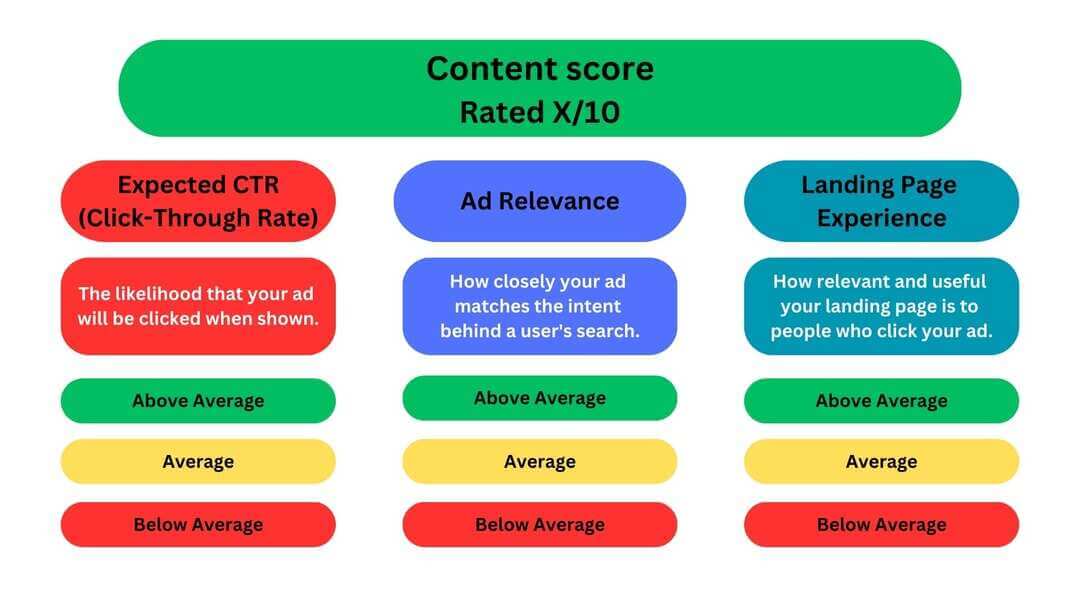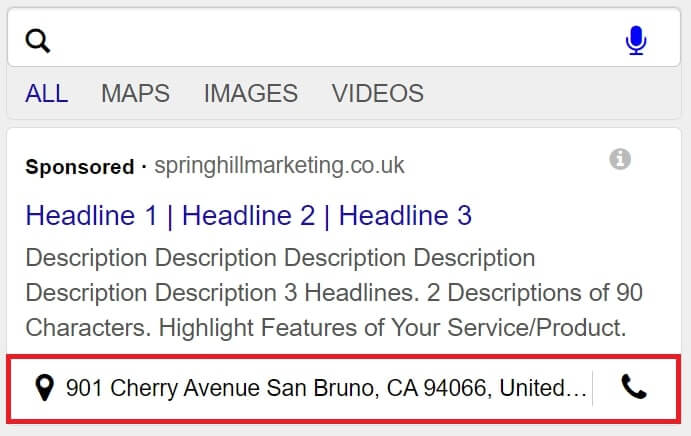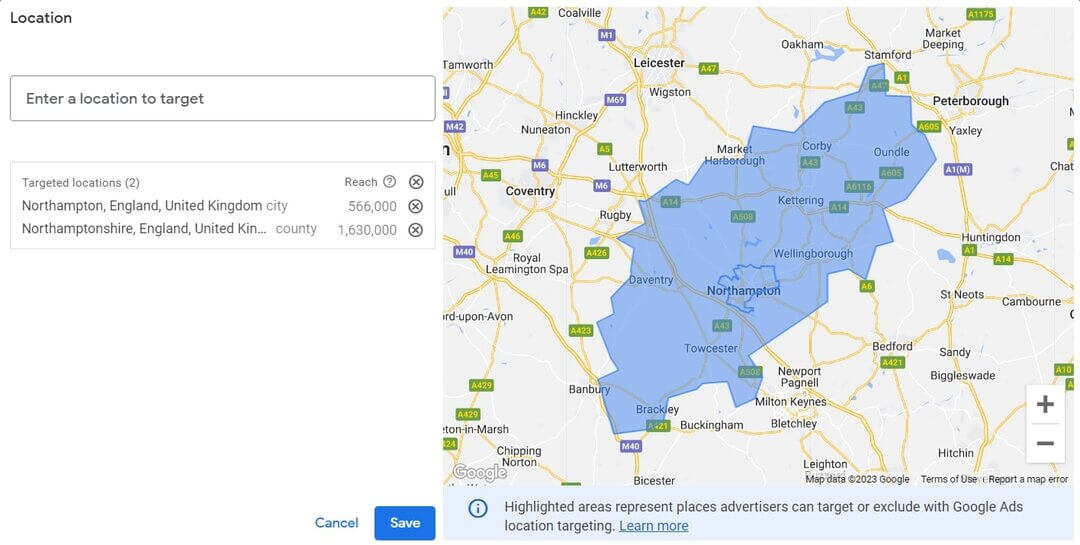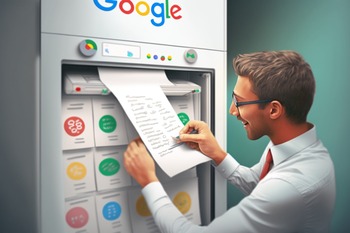Top Secrets for More Budget-Friendly and Cost-Effective PPC Campaigns
As a smart business owner, you certainly want to find ways to minimise your daily expenses. After all, fewer expenses means more revenue. This is why if you’re using Google Ads or other PPC (pay-per-click) platforms to promote your brand or business online, you should be on the lookout for optimisations that can improve your bottom line.
If you’re wondering how you can boost the effectiveness of your PPC campaigns without going over your marketing budget, wonder no more. Today, we’re going to discuss how you can optimise your ads whilst saving money at the same time.
How to Save Money When Running a PPC Campaign
Here are a few strategies you should consider so you can run cost-effective PPC campaigns.
1. Create better ad content
Your quality score is a key metric you should focus on when running Google Ads (or other PPC ads, for that matter). It is measured using 3 factors; landing page experience, ad relevance and expected click-through rate. The quality score also has a direct impact on cost-per-click and ad placement. As Google wants to prioritise adverts of the highest quality, it is willing to allow such advertisers to pay less in the bidding auction whilst appearing at the top of search engine results pages (SERPs).
To raise your ads’ quality score and, therefore, make your advertising efforts more cost-effective, you should first optimise your ad content. You can start by using relevant keywords in the headlines, body, and even in the display URL. Also, ensure that your headlines are catchy. As they are the first thing your target audience sees when viewing your ads, they should have the ability to grab people’s attention in one glance. This will directly contribute to improved quality score metrics such as ad relevance and expected click-through rate.

2. Take advantage of ad extensions
To save more money, make the most of the dozens of ad extensions available on Google Ads. Regardless of your industry or the kind of products/services you offer, there are numerous extensions you can utilise to boost the effectiveness of your ads. What’s more, they provide additional information about your business, thus, giving your target market more reasons to choose you.
For example, the Location Extension lets users view your shop front address and hours of operation on your Ads. This can be particularly useful if your goal is to attract more foot traffic to your shop. There’s also the Price Extension, which shows the price of your goods/services directly on your ads.

3. Set the correct geolocation settings
Google Ads’ geolocation settings are amongst the platform’s coolest features. However, not many marketers and businesses use them effectively. Some don’t even use them at all!
What makes the geolocation settings handy and impressive is that they allow you to display your ads only in certain locations or within a specific distance of your business. Not only do they help you reduce your expenses, but they also help boost the relevance of your ads, especially if you’re targeting a segment of your audience according to their address.

4. Target new keywords
To save money, most advertisers reduce their spending or lower their bids. However, there is a better alternative to these strategies if you want to run more cost-effective PPC campaigns. Instead of bidding lower than usual, what you can do is change the keywords that you are targeting.
We strongly advise identifying new keyword niches and long-tail keywords that you can go after to significantly improve your click-through rates (CTR). This, in turn, improves your quality score, which reduces your costs. Remember, longer tail keywords likely allow your ads to be more relevant to users searching for your products/services.
5. Optimise for mobile
Data compiled by Statista.com showed that mobile internet users account for more than 50% of the total global online traffic. As more and more people are accessing the internet through smartphones and tablets, it makes perfect sense that your PPC ads are also optimised for mobile devices.
Ensure that your device targeting settings are on your list of account optimisations. Also, don’t forget to check your bids. Mobile CPCs are becoming more expensive than before due to an increase in mobile traffic and competition. Therefore, carefully consider your mobile bidding strategy to ensure that you’re not losing money.
6. Avoid overly broad matches
Match types in online advertising, such as Google Ads, define the degree of alignment between the keywords you select and the user’s search query that triggers the display of your ads. Different match types include broad match, modified broad match, phrase match, and exact match.
Overly broad keyword matches can put a huge dent in your PPC budget. To avoid wasting money, you should refine your match-type settings to ensure that your ads are not showing up for generic keyword searches. Also, keep in mind that there are keywords that are naturally more competitive and expensive than others, so check that you’re not wasting money by using them when you don’t have to.

7. Consider call-only campaigns
If the goal of your PPC campaign is to attract more phone calls, why don’t you consider doing away with your landing pages? Instead of sending users to a landing page after clicking your ads, you can just let them call your business directly from your ads. This way, you can streamline your conversion funnel and enjoy more cost-effective PPC campaigns.
Harnessing AI in Your PPC Campaigns
Incorporating artificial intelligence (AI) into your PPC campaigns holds the potential to transform your strategy and yield exceptional results. With AI-powered tools at your disposal, you can tap into data analysis, trend identification, and real-time optimisation. Here’s a step-by-step guide to seamlessly integrate AI into your campaigns, enhancing efficiency and maximising your ROI.
1. Choose the Right AI Tool
Start by selecting an AI tool that aligns with your campaign goals and platform of choice. Research reputable AI platforms that specialise in PPC optimization. Popular options include Google’s Smart Bidding, third-party AI software, and integrated marketing platforms, such as Swydo, Reporting Ninja or Report Garden.
2. Data Integration and Analysis
Integrate your PPC campaign data with the chosen AI tool. This typically involves connecting your advertising accounts and providing access to historical campaign data. The AI system will use this data to learn about your audience, keywords, bidding history, and performance metrics.
3. Define Objectives and Parameters
Clearly outline your campaign objectives and set parameters for the AI tool. This could include defining target cost per acquisition (CPA), return on ad spend (ROAS), or specific performance metrics. By setting clear goals, the AI system can tailor its optimisations to meet your desired outcomes.
4. Automated Bidding Strategies
Leverage AI-driven automated bidding strategies. These strategies use machine learning to adjust bids in real-time based on historical data and real-time signals. Choose from options like target CPA, target ROAS, or maximise conversions to optimise your budget allocation effectively.
5. Dynamic Ad Testing
Implement dynamic ad testing using AI tools. These tools can automatically test various ad variations, headlines, descriptions, and visuals to identify which combinations perform best. AI-driven testing ensures that your ads are continuously optimised for maximum engagement and conversion rates.
6. Audience Targeting Optimisation
Utilise AI-powered audience targeting optimisation. These tools analyse user behaviour, demographics, and browsing history to identify high-converting audience segments. The AI system then adjusts your targeting parameters to focus on these segments, increasing the chances of conversions.
7. Continuous Monitoring and Adjustment
Regularly monitor your AI-powered campaign’s performance. While AI can work autonomously, it’s essential to review the data and insights generated. Identify trends, anomalies, and opportunities for further optimisation. Adjust parameters, goals, or strategies as needed to fine-tune the AI’s performance.
8. Iterative Learning
The strength of AI lies in its ability to learn and adapt over time. As your AI tool accumulates more data and gains insights into your campaign’s performance, it becomes more accurate and effective. Regularly review AI-generated insights and apply them to future campaign decisions.
9. Stay Ahead of Competitors
By leveraging AI-driven insights, you position yourself ahead of the competition. AI allows you to make data-backed decisions, optimising your campaigns in ways that manual methods simply cannot achieve. Stay vigilant, embrace emerging AI technologies, and remain open to innovation in the dynamic landscape of online advertising.
Incorporating AI into your PPC campaigns is a strategic move that can elevate your advertising game. By following these step-by-step guidelines, you’ll unlock the power of AI-driven optimisation, leading to more precise ad placements, cost savings, and a competitive edge in the world of online advertising.
Conclusion
There’s nothing wrong with wanting to save money when running PPC ads. Believe it or not, even veteran marketers and highly experienced advertisers do it. Therefore, if you want to make your ads more effective and budget-friendly, be sure to follow the tips discussed above.
If you need help managing a cost-effective and successful Google Ads campaign, we’re more than happy to assist you. Contact us at Springhill Marketing today and get results that can help you achieve your business goals.
Drive Your Business Towards The Best Results.
Talk to us about how we can help.












